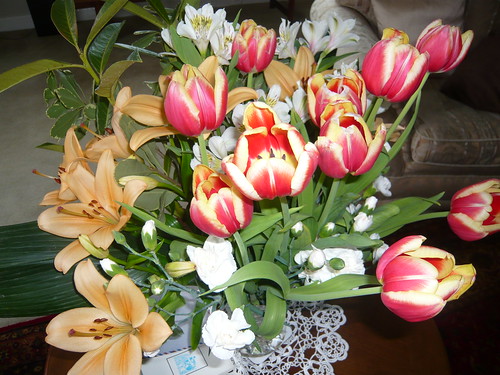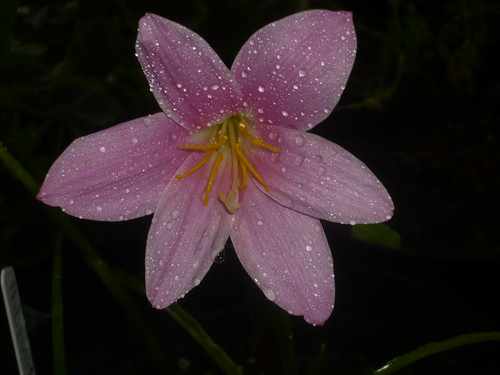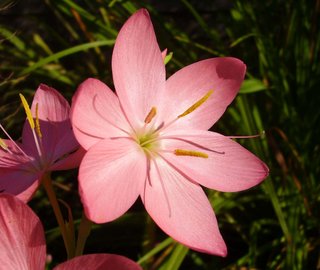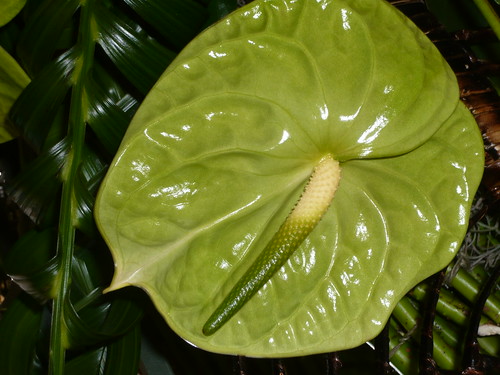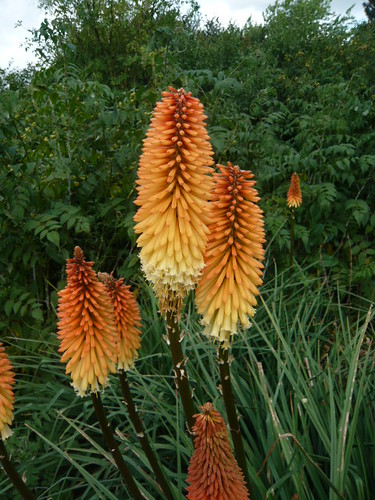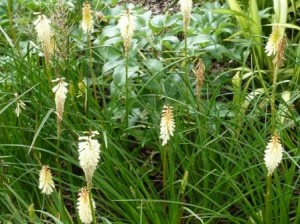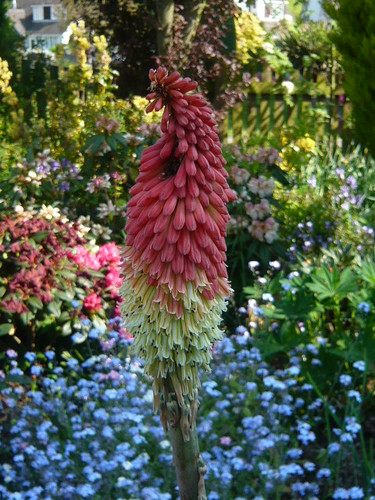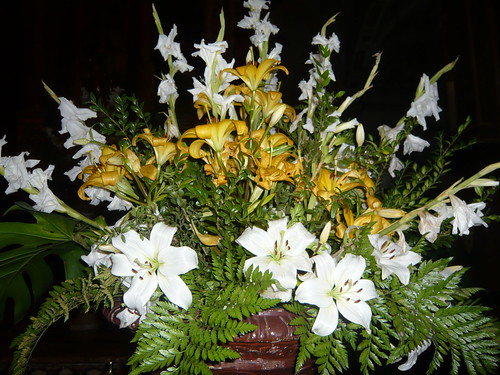Hydrangeas Gardeners Tips
Hydra may be a monster but Hydrangeas can be stunningly beautiful.
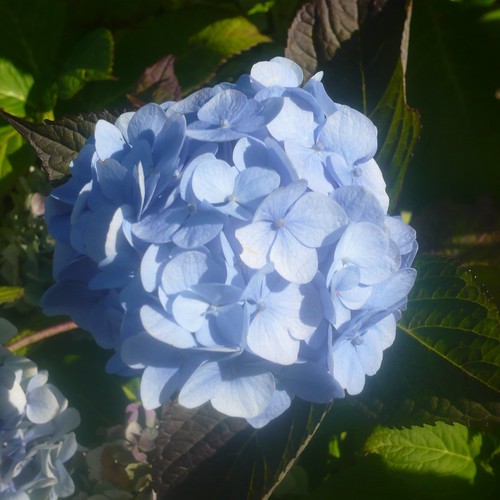
Hydrangea are easy to grow, voluminous shrubs with long lasting flower-heads. They can grow to be handsome 6 foot high and wide shrubs.
Growing Hydrangea Early autumn is the best time to plant new Hydrangeas. If planting in spring take more care with watering and mulch the plants to keep the soil damp. Hydrangeas grow best in semi shade in rich moist soil. Trim off old flower heads and dead stems in spring. Give them a balanced fertilizer in spring.
Choose the Right Variety Mophead or Hortensia hydrangeas are the type that have pompom like heads that open into a globe shape such as ‘Blue Bonnet’ or ‘Forever Pink’. Lacecap varieties have flat heads whose flowers do not open at the same time.
Quercifolias often have pyramid shaped white flowers and oak shaped leaves. Annabelle is the best known and well liked variety of Hydrangea arborescens.
…



